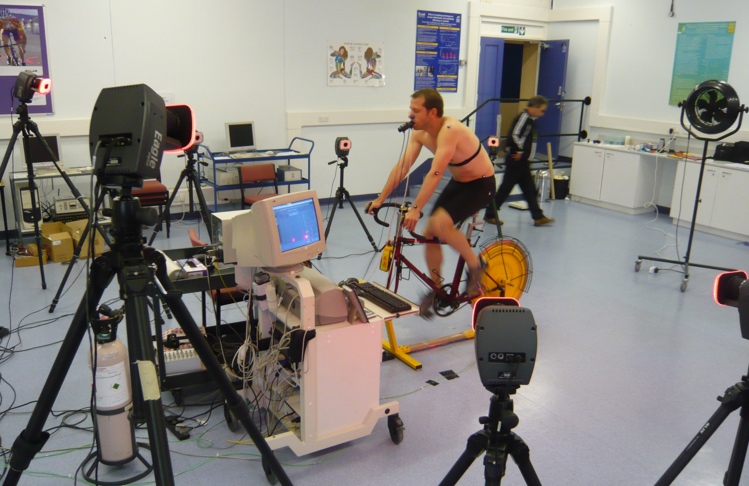There is much training innovation in many elite sports, which have become standard practice. Some of the many training innovations is the inclusion of specific tests such as the VO2 max test, and lactate threshold testing. In addition to these training innovations, biomechanical analysis of specific movements has become more common in a variety of sport.
VO2 max testing and how it improves performance
The VO2 max test is a training innovation that measures an athlete’s maximal oxygen consumption in L per Min per Kg of body weight, maximum heart rate, ventilation rate, and the efficiency of muscles. In addition the VO2 max test also provides a predictor of lactate threshold. The test is used to set heart rate training zones as a real measure of maximum heart rate is achieved. theVO2 max test also provides feedback on the effects of training. This allows the athlete to train more effectively to improve their cardiovascular endurance. It is particularly beneficial in endurance sports such as: marathons, triathlons, or AFL.
Lactate threshold testing and how it improves performance
Lactate threshold testing is a training innovation that seeks to identify an athlete’s lactate inflection point (the point when lactate begins to accumulate in the blood). This test provides a lactate threshold heart rate and training pace. Lactate threshold testing helps the athlete to set training zones that are more accurate and beneficial, providing better results, particularly in aerobic sports where the athlete wants to be as close as possible to the lactate inflection point without crossing into the anaerobic training zone. However, lactate threshold testing also helps in anaerobic training to ensure training is forcing the body to deal with lactate overload and recover from it.
Biomechanical analysis and how it improves performance
Biomechanical analysis is a training innovation that analyses the athlete’s technique to ensure their movement is efficient and safe. Biomechanical analysis is done in many sports to analyse: the force through joints, the force absorbed and produced by muscles, ensure technique is correct to produce the most efficient movement possible and that the technique will not lead to injury.
This is a huge benefit in sports that are particularly technical, such as: cricket, tennis, golf and baseball. Biomechanical analysis allows the athletes to last longer with more efficient movement patterns, and to achieve better results due to a better technique. This saves energy and provides the athlete with an advantage over others.
Other training innovation
There are many other training innovations used in sport. These include:
- heart rate monitors
- GPS devices
- video analysis
- and much more.
Ethics and training innovation
Many of the training innovations are expensive and can only be accessed by athletes or clubs who can afford the testing and equipment. This can create an unfair playing field, particularly when competition is between countries, where one country has access and the other does not (e.g. American female football players playing the female team from the Congo). The ethical considerations revolve around equity of access and money, more than safety.

